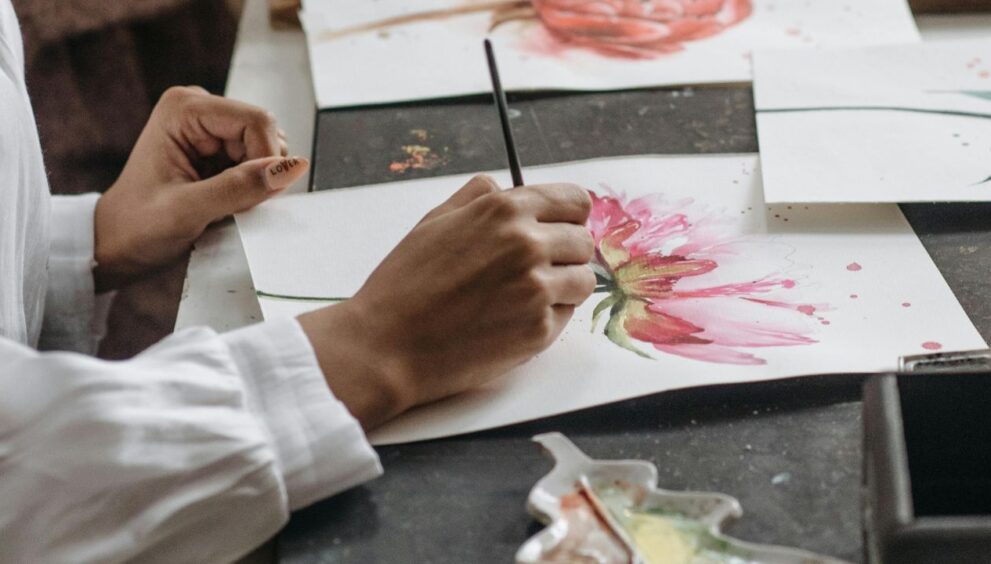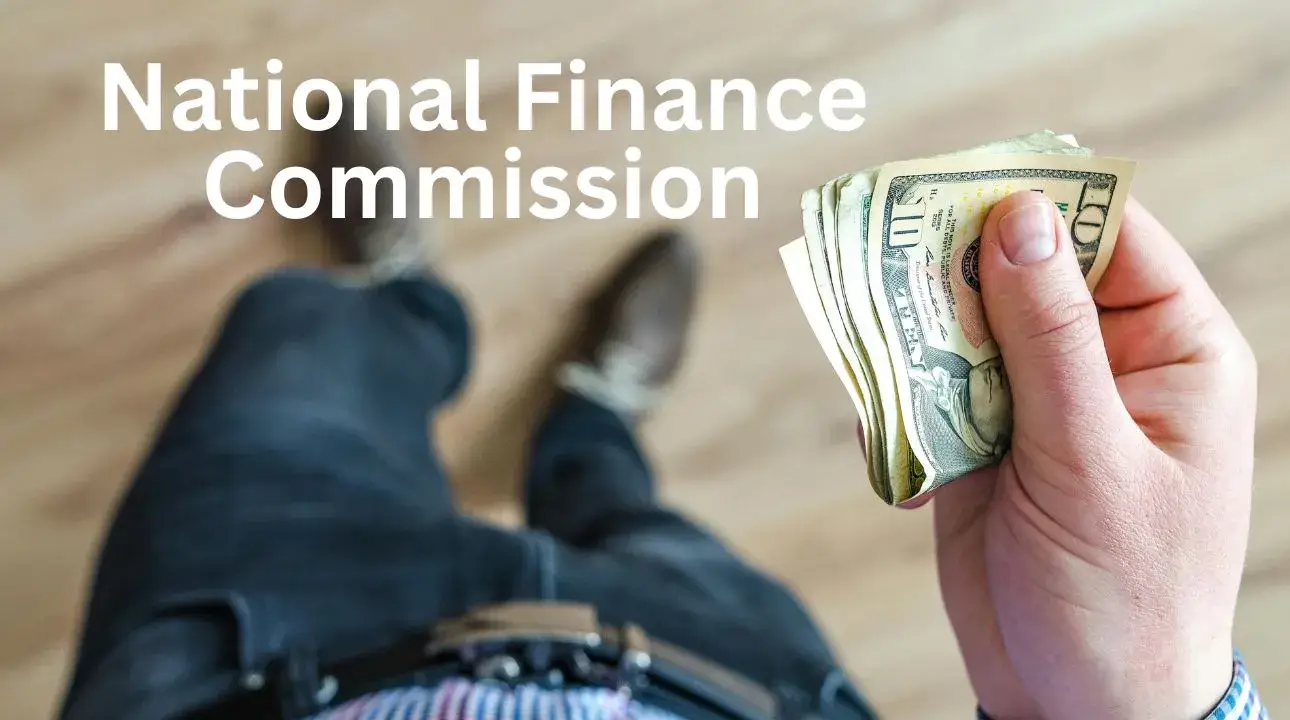Starting Out: Let’s Talk About the Art School Portfolio
When I first started thinking about applying to art school, I was overwhelmed. I knew I needed a “portfolio,” but I had no clue what that actually meant. I had sketchbooks full of doodles, a few paintings I liked, and some photography I was proud of. But was that enough? Was it the right kind of work?
After spending weeks researching, talking to former students, visiting admissions offices, and attending portfolio reviews, I finally began to understand what art schools really want to see in a portfolio. It’s not just about showing talent — it’s about showing who you are as an artist.
So, if you’re asking what do art schools look for in a portfolio, let me walk you through everything I’ve learned. This guide is exactly what I wish I had when I was starting out.
What Is “What Do Art Schools Look For in a Portfolio”?
Let me break it down simply: An art school portfolio is a carefully selected collection of your best and most relevant creative work, put together to showcase your skills, creativity, and personal artistic voice. But here’s the thing — it’s not just about what looks cool. Art schools want to understand you through your portfolio.
They’re looking for more than technical ability. They want to see your thought process, your ability to explore ideas, and how you interpret the world in a visual way.
Each school might have slightly different requirements (like the number of pieces, or specific themes), but most are hunting for the same core qualities. Let’s dive deeper.
Why What Do Art Schools Look For in a Portfolio Matters
If you think your grades or test scores are going to carry you into an art school — think again. In creative fields, your portfolio is your application. It’s how the school sees your potential. Think of it as your visual resume, your storybook, your creative fingerprint.
The better you understand what they want, the better you can craft a portfolio that speaks directly to them. This can mean the difference between getting accepted into your dream school… or being rejected with no explanation.
Key Things Art Schools Look For in a Portfolio
1. Strong Fundamentals
You might love doing abstract work or digital art, and that’s great. But schools want to see that you understand the basics. That includes:
- Drawing from observation (life drawing, still life, figure drawing)
- Perspective and proportion
- Understanding of color and composition
Even if you’re more experimental, showing some traditional skills proves you have a solid foundation.
2. Originality and Voice
Copying someone else’s style or only submitting fan art won’t cut it. Art schools want to see you — your ideas, your point of view, your voice. This is where personal projects, sketchbook pages, or experimental pieces really shine.
3. Range and Versatility
A portfolio with just 15 charcoal portraits might be technically impressive, but it’s not enough. Schools love seeing:
- A mix of mediums (painting, digital, sculpture, photography)
- Different subjects and themes
- Creative risk-taking
Showing range proves you’re open-minded and willing to explore new directions.
4. Process and Development
Believe it or not, schools often love seeing messy sketchbooks. They want to see how you think, plan, and develop ideas. Some schools even ask for process work or “research pages” that show how a final piece came to life.
Common Misunderstandings or Mistakes
💡 Mistake #1: Focusing Only on Finished Work
While polished pieces matter, a portfolio that hides the creative process can feel cold or incomplete.
💡 Mistake #2: Ignoring the Guidelines
Each school has its own portfolio instructions. Some want exactly 15 pieces, others want videos or digital uploads in a certain format. Skipping these details can get your portfolio disqualified.
💡 Mistake #3: Submitting Similar Work
If all your pieces look the same, it can make your portfolio feel repetitive. Even if you have a favorite style, try to show variation.
Real-World Example: What My Friend Did Right
One of my closest friends got into a top art school in the UK — and her portfolio wasn’t packed with fancy tools or software. Instead, she focused on observational sketches, experiments with collage, and a personal project where she documented her grandmother’s kitchen through watercolors and photographs.
What made her portfolio stand out? It was honest, personal, and filled with emotion. That’s what made the reviewers remember her.
How to Get Started With Your Portfolio
Here’s a simple step-by-step plan based on what worked for me:
Step 1: Check the Requirements
Before anything else, visit each school’s website. Note how many pieces they want, what formats are accepted, and any theme suggestions.
Step 2: Gather Your Work
Go through your artwork. Pull out everything that feels strong or meaningful. Don’t worry about perfection yet — just collect.
Step 3: Curate Carefully
Pick 12–20 pieces that show a balance of technical skill, originality, and variety. You might not use your oldest or most detailed work if it doesn’t reflect your current abilities or style.
Step 4: Add a Personal Touch
Include some sketchbook pages, written notes, or even short explanations with a few pieces. Let your personality come through.
Step 5: Get Feedback
Before you submit, show your portfolio to teachers, mentors, or even attend a portfolio review day. Fresh eyes can give you insight you might have missed.
Step 6: Polish and Submit
Scan or photograph your work professionally. Use a clean layout. Make sure every file name, title, and format follows the school’s instructions.
My Final Thoughts
If there’s one thing I’ve learned, it’s this: your portfolio is a reflection of your growth, not your perfection. Don’t stress about being the most polished artist. Focus on being the most authentic. Show your curiosity, your creativity, and your willingness to grow.
That’s what art schools are really looking for.
So take your time, explore your ideas deeply, and let your passion lead the way. The right school will see it.
Frequently Asked Questions (FAQs)
Most art schools ask for 10–20 pieces. Always follow the specific number listed in the school’s portfolio guidelines.
No. Many schools appreciate seeing sketchbooks, idea development, or process work alongside final pieces. It shows how you think creatively.
Yes, absolutely. Digital work is welcome, especially if it reflects your unique style and concept. Just make sure it’s presented cleanly and meets submission requirements.



